Minerals for Lithium Batteries
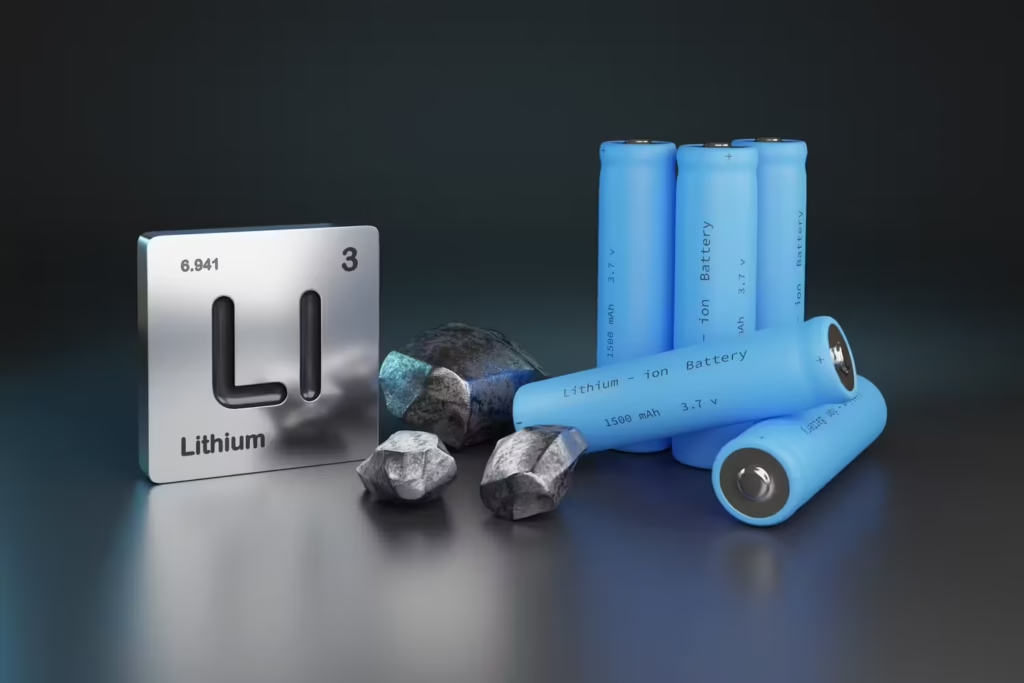
Lithium-ion batteries are at the heart of the electric vehicle (EV) revolution, renewable energy storage, and modern electronics. But before lithium can power these technologies, it must be extracted from naturally occurring lithium-bearing minerals.
Here’s a breakdown of the most important minerals used in lithium battery production, how they are processed, and where they are found.
1. Spodumene – The Primary Mineral for Battery-Grade Lithium
Spodumene (LiAlSi₂O₆) is the most important mineral for lithium battery production. It is a pyroxene mineral commonly found in granite pegmatites and is the main source of lithium carbonate and lithium hydroxide, both used in EV battery cathodes.
- Lithium content: ~8% Li₂O
- Mining regions: Australia (Greenbushes mine), Brazil, Canada
- Processing: Roasted and treated with sulfuric acid to produce lithium sulfate, then converted to lithium carbonate or hydroxide
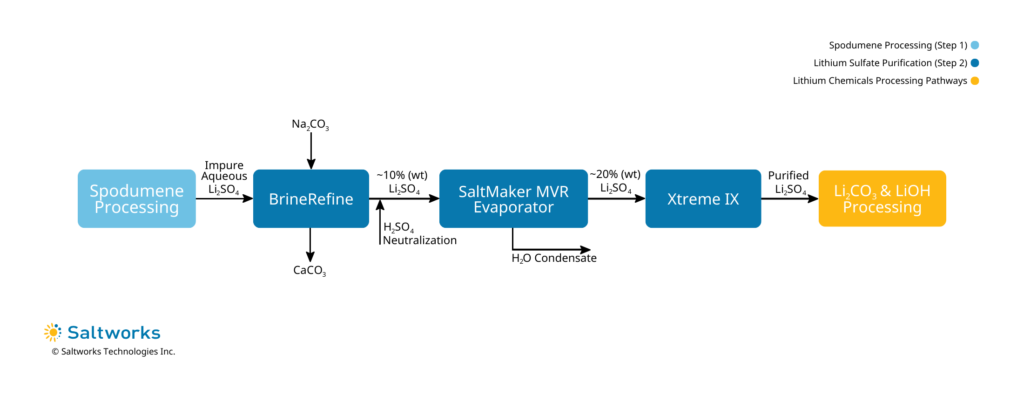
2. Lepidolite – A Secondary Source of Lithium
Lepidolite (K(Li,Al)₃(Al,Si)₃O₁₀(F,OH)₂) is a lithium-rich mica known for its pink or purple color, caused by manganese impurities. While not as rich in lithium as spodumene, it is still used in ceramics and as a minor lithium source.
- Lithium content: Moderate
- Color: Pink, lavender, or gray
- Hardness: 2.5–4
- Use: Ceramics, lithium extraction, ornamental stones
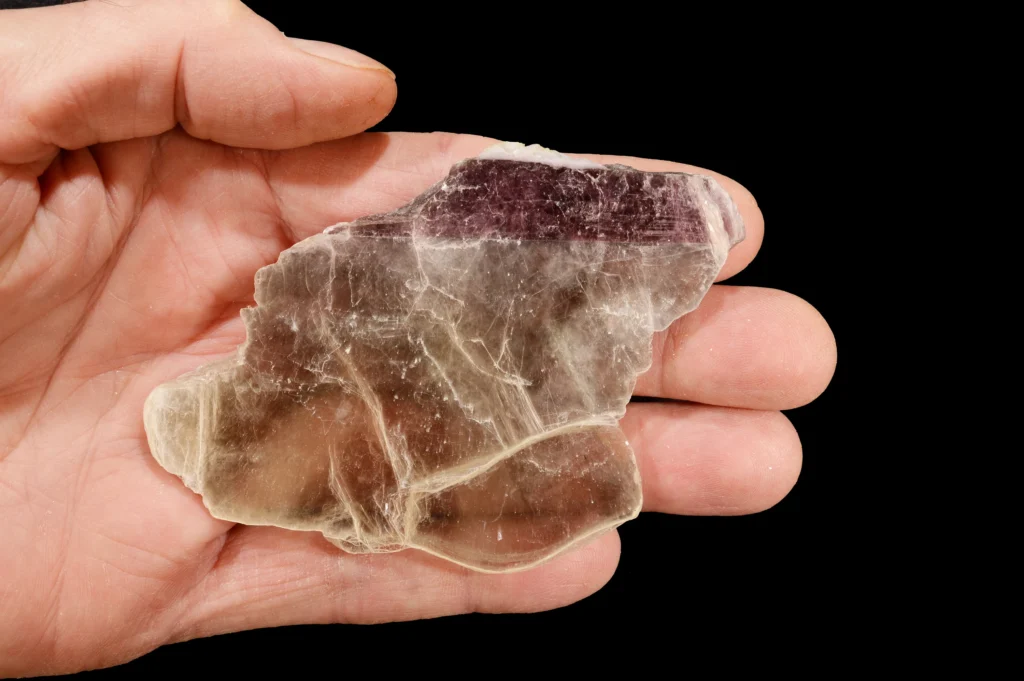
3. Petalite – Lithium for Heat-Resistant Applications
Petalite (LiAlSi₄O₁₀) is a feldspathoid mineral known for its high thermal stability, making it valuable in glass and ceramic production. It is also a secondary source of lithium for battery manufacturing.
- Lithium content: ~4.5% Li₂O
- Color: Colorless, white, or gray
- Hardness: 6–6.5
- Use: Ceramics, lithium extraction
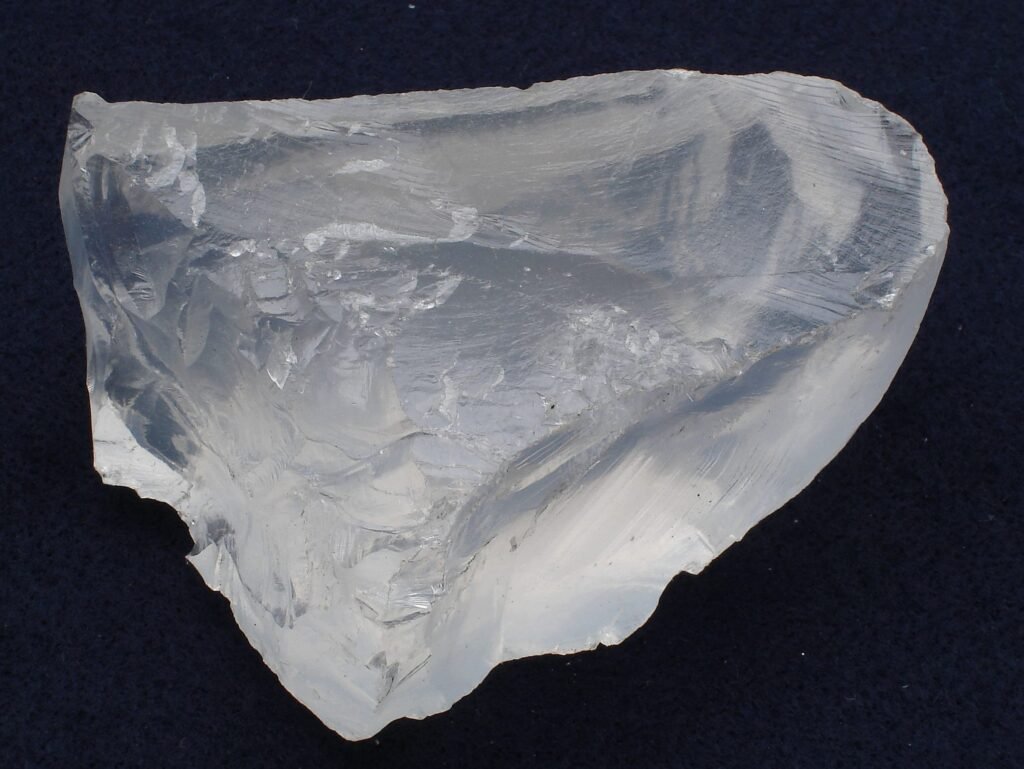
4. Amblygonite – A Phosphate Mineral with Lithium Potential
Amblygonite (LiAl(PO₄)(F,OH)) is a phosphate mineral found in lithium-rich pegmatites. It can be processed for lithium, especially in regions where spodumene is not available.
- Lithium content: Moderate
- Color: White, cream, or pale yellow
- Hardness: 5.5–6
- Use: Minor lithium source, ornamental use
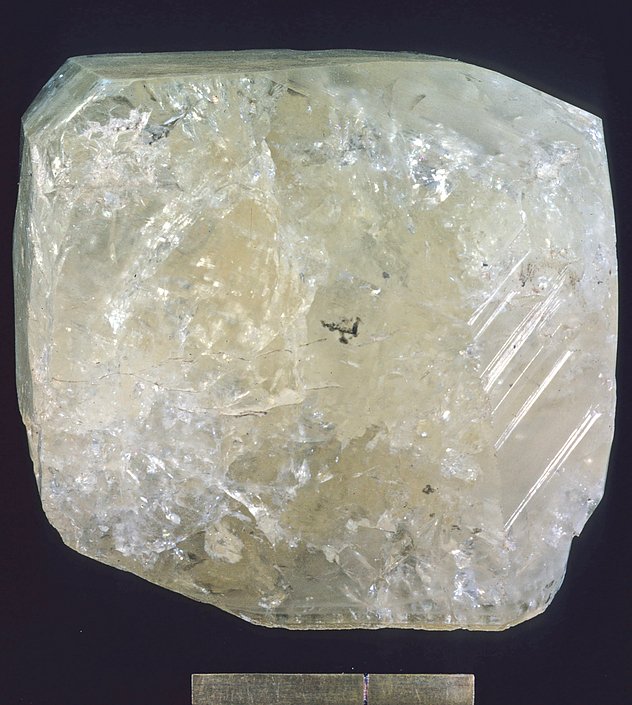
5. Zabuyelite – A Rare Natural Lithium Carbonate
Zabuyelite (Li₂CO₃) is a rare naturally occurring lithium carbonate mineral found in geothermal environments, such as in Tibet and parts of China.
- Lithium content: High
- Use: Limited industrial use; mostly of scientific interest
- Extraction: Typically derived from brines rather than mined directly
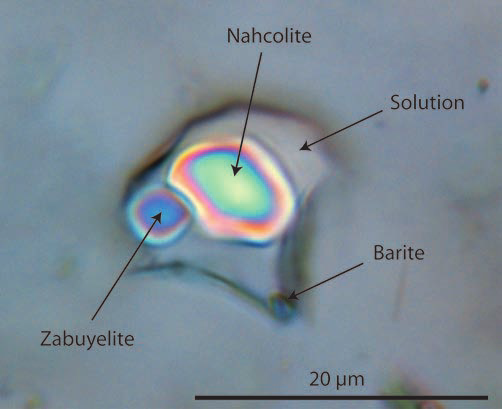
6. Brine Sources – Not a Mineral, But a Major Lithium Source
While not a mineral, lithium brines (salt-rich underground waters) are a major source of lithium for batteries. Lithium is extracted from brines through solar evaporation in salt flats (salars), particularly in Chile, Argentina, and Bolivia.
- Deposit type: Evaporite basins and salt flats
- Extraction method: Solar evaporation ponds
- Lithium form: Dissolved lithium salts (chlorides and sulfates)

Summary Table: Key Minerals for Lithium Battery Production
| Mineral | Chemical Formula | Lithium Content | Use in Battery Production | Key Locations |
|---|---|---|---|---|
| Spodumene | LiAlSi₂O₆ | High | Primary source for Li₂CO₃ and LiOH | Australia, Brazil, Canada |
| Lepidolite | K(Li,Al)₃(Al,Si)₃O₁₀(F,OH)₂ | Moderate | Minor lithium source | Canada, Madagascar, USA |
| Petalite | LiAlSi₄O₁₀ | Moderate | Ceramics and lithium extraction | Brazil, Madagascar, China |
| Amblygonite | LiAl(PO₄)(F,OH) | Moderate | Ornamental use, minor source | USA, Brazil, Germany |
| Zabuyelite | Li₂CO₃ | High | Rare natural lithium carbonate | Tibet, China |
| Brine | LiCl, Li₂SO₄ (dissolved) | High | Major source for battery-grade lithium | Chile, Argentina, Bolivia |
From Mineral to Battery: The Lithium Supply Chain
- Mining: Hard rock minerals like spodumene are extracted through open-pit or underground mining.
- Processing: Minerals are crushed, concentrated, and chemically treated to produce lithium carbonate or hydroxide.
- Battery Production: Lithium compounds are used to manufacture cathodes for lithium-ion batteries.
- Recycling: End-of-life batteries are processed to recover lithium and other metals for reuse.
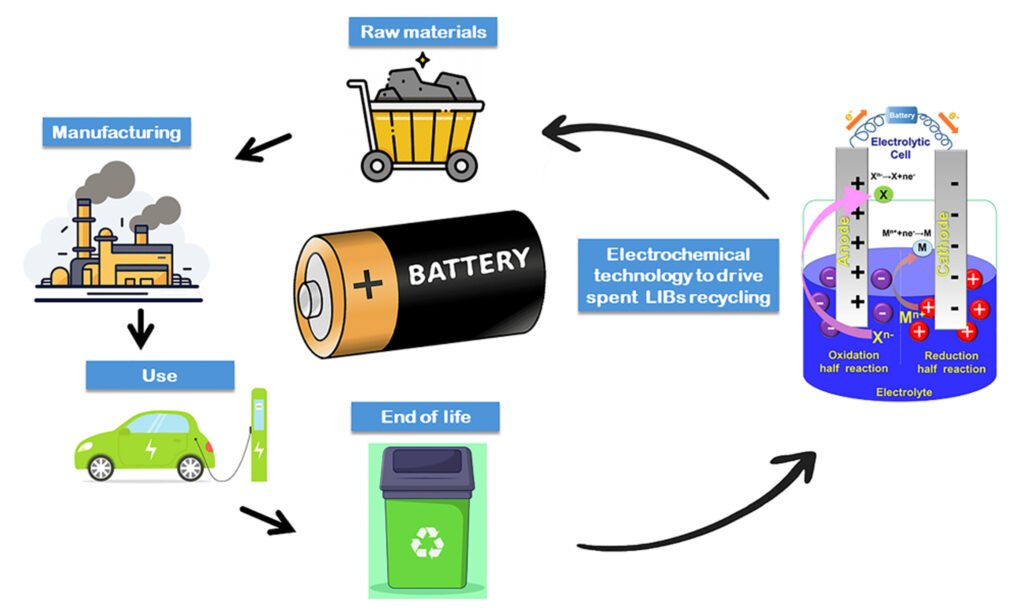
FAQs
Q1: What minerals are used in lithium batteries?
A1: The main lithium-bearing minerals used are spodumene, lepidolite, petalite, and amblygonite.
Q2: Where is lithium for batteries mined?
A2: Major sources include Australia (spodumene), Chile and Argentina (brines), and emerging sources like Nevada (clays).
Q3: Can lithium be recycled from batteries?
A3: Yes, lithium can be recovered from used batteries through hydrometallurgical and pyrometallurgical recycling processes.
Conclusion
The minerals for lithium batteries—spodumene, lepidolite, petalite, and amblygonite—form the backbone of the global lithium supply chain. As the demand for electric vehicles and renewable energy storage continues to rise, securing and sustainably managing these mineral resources will be essential for a clean energy future.

